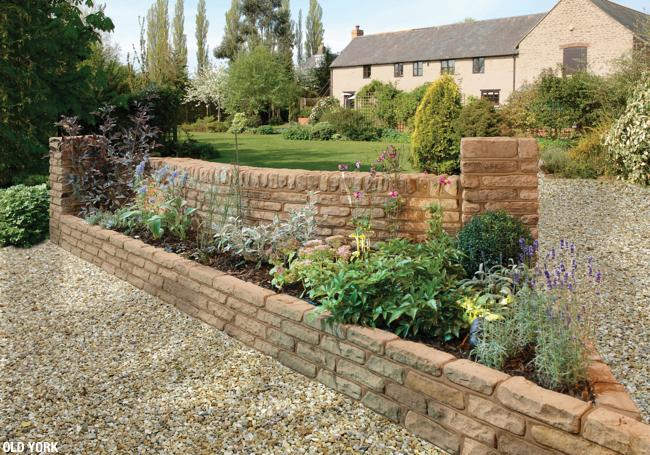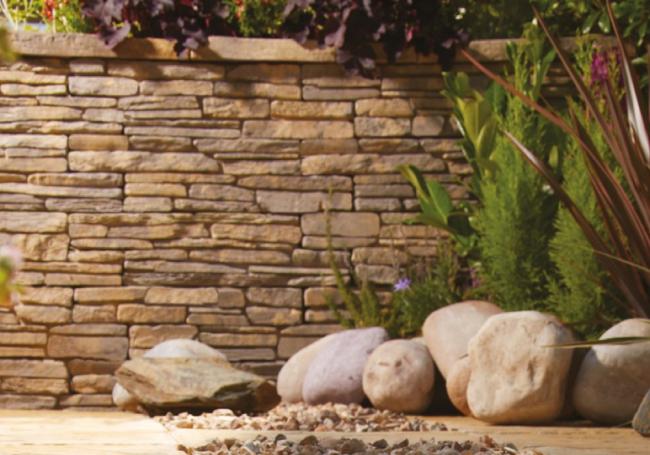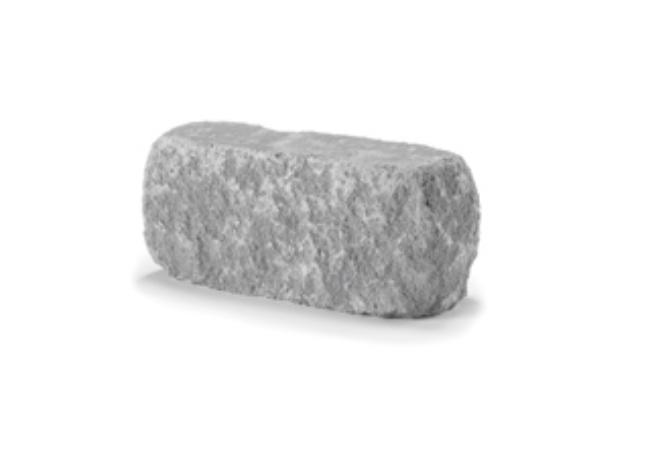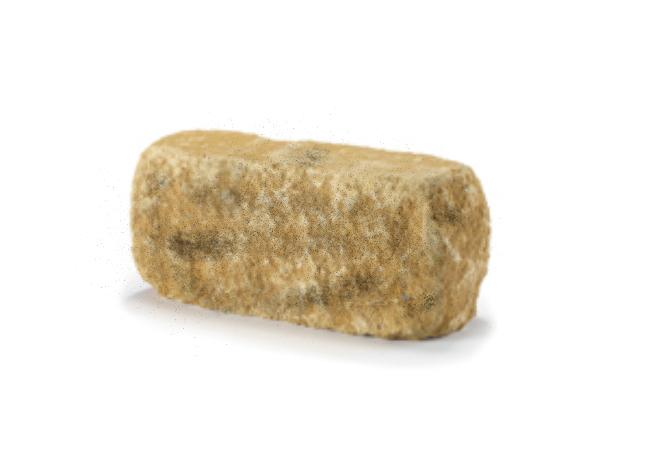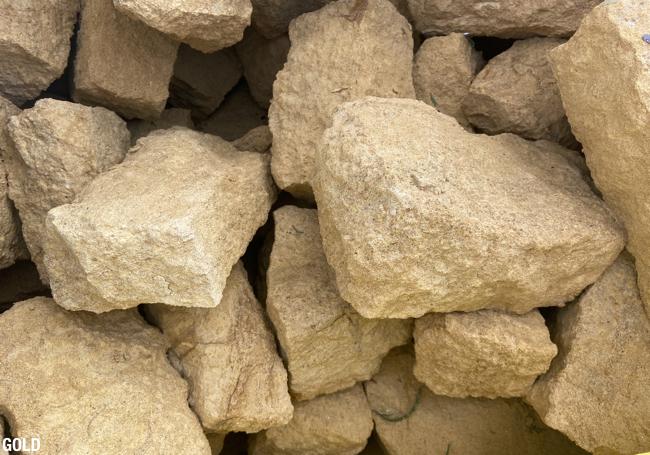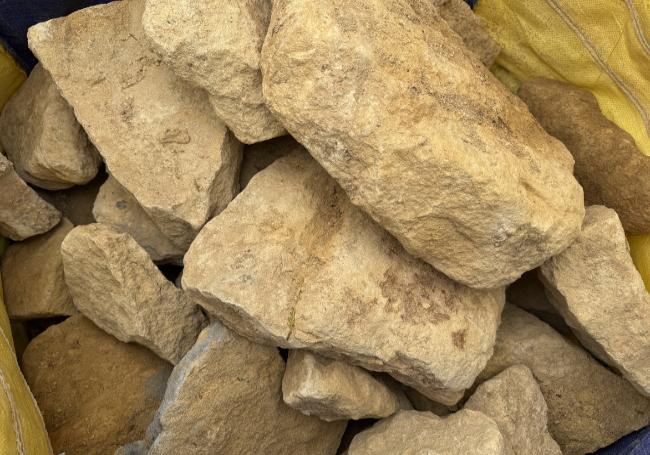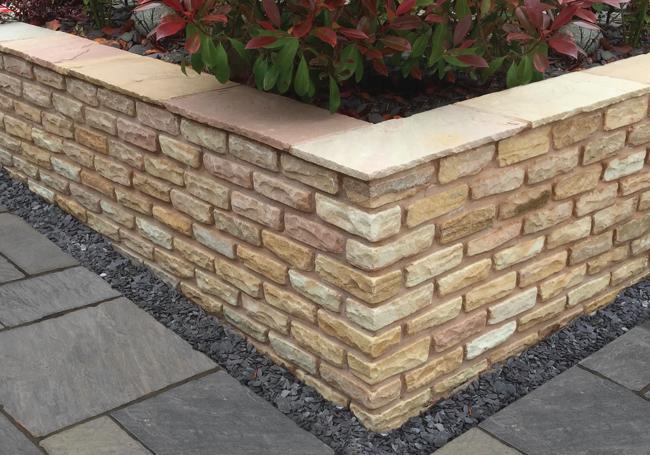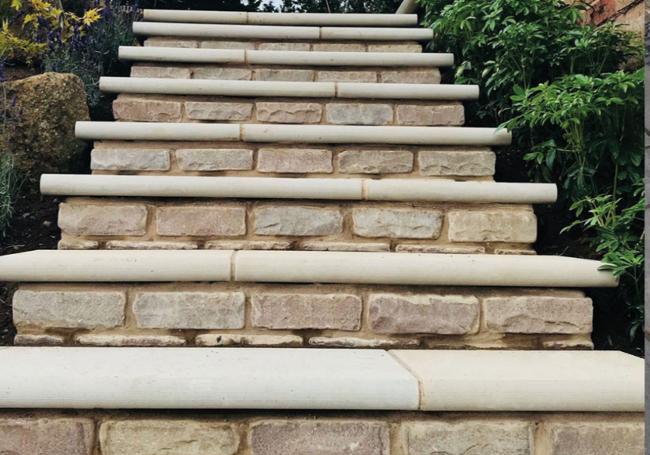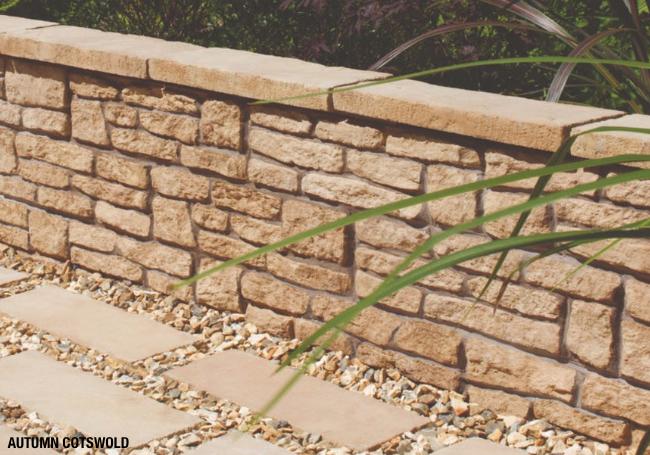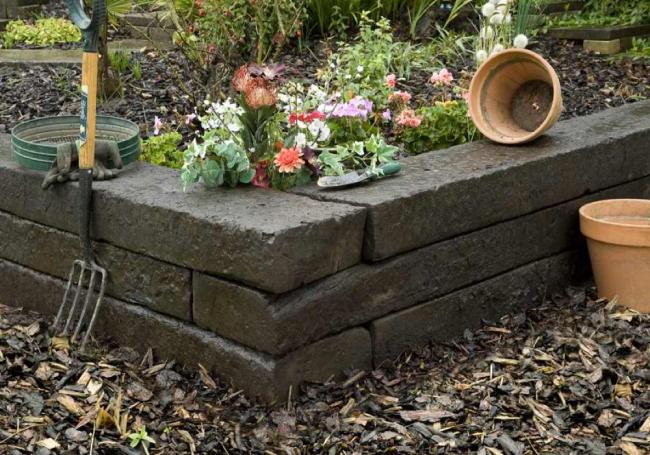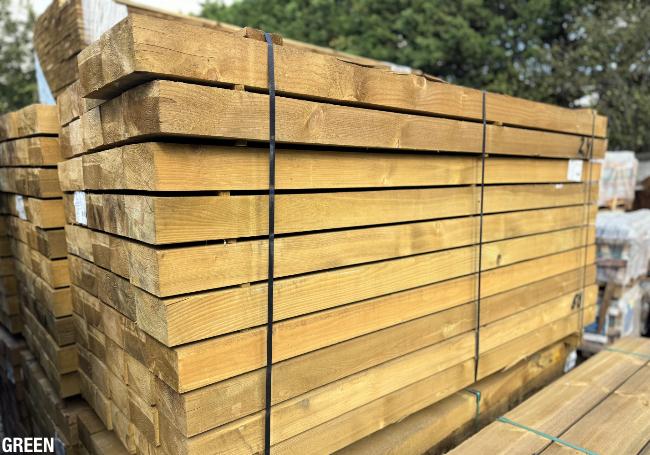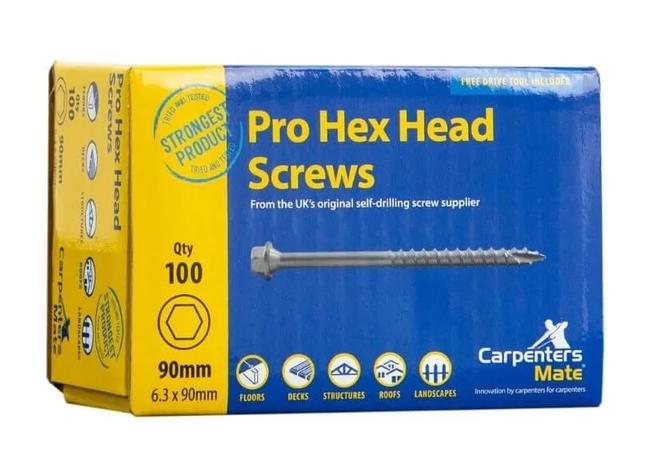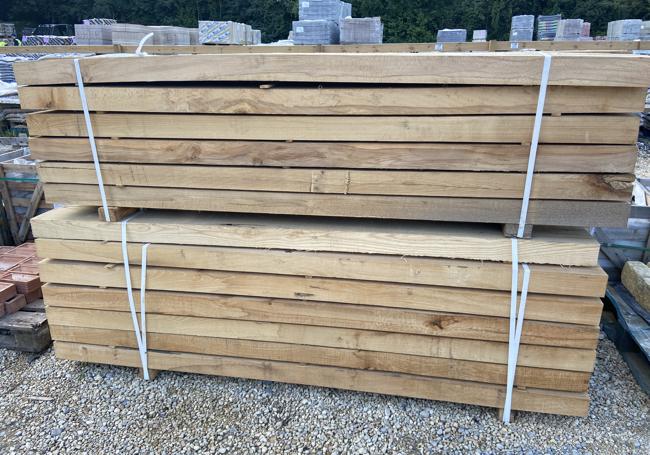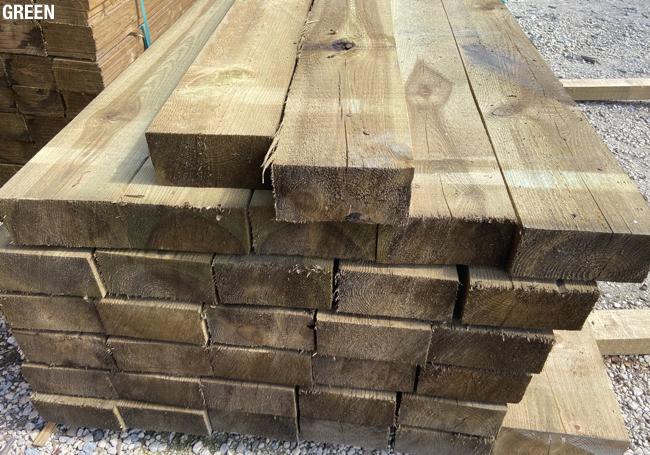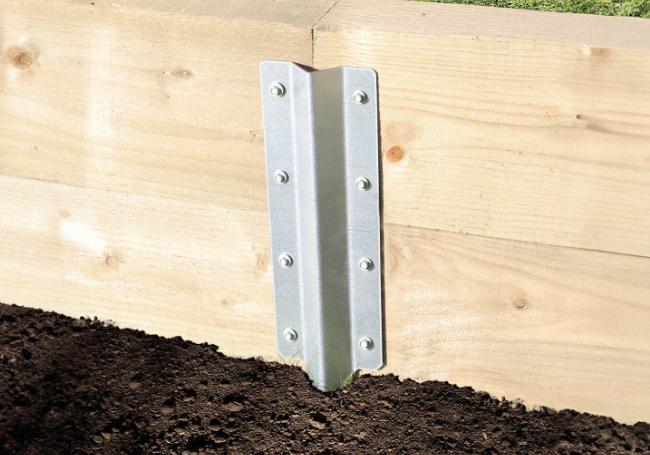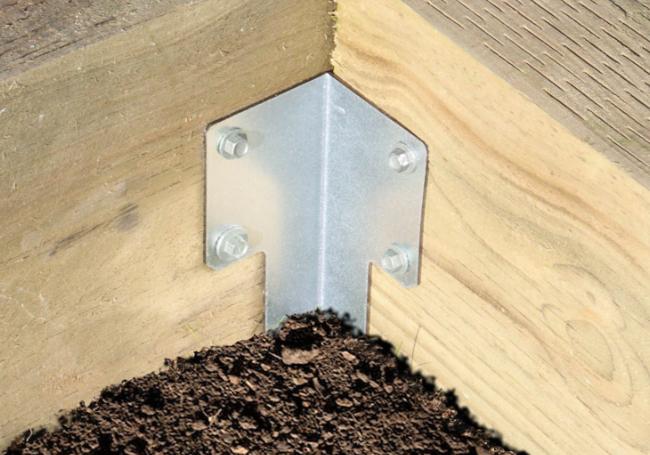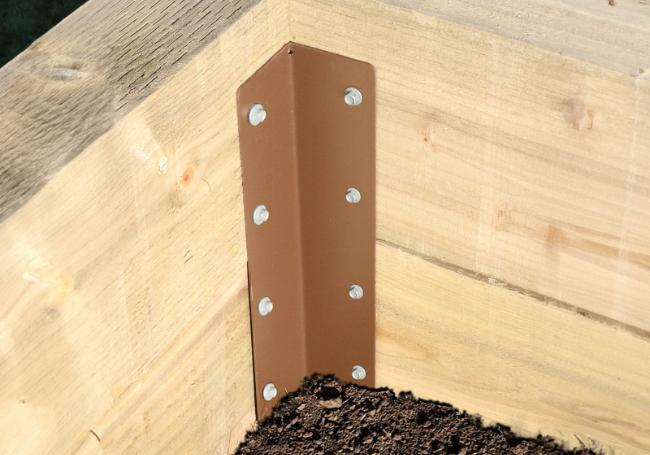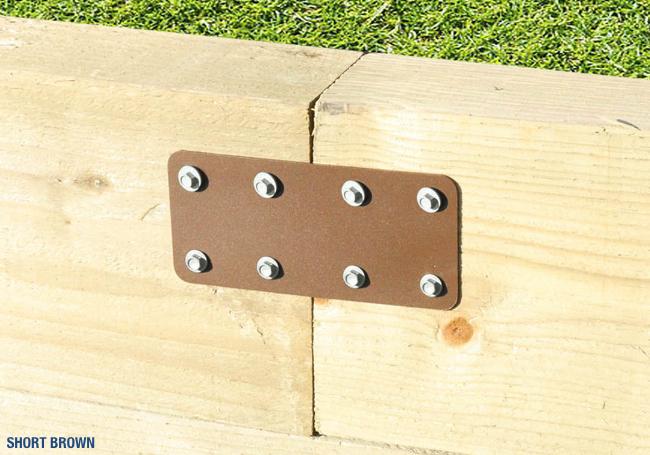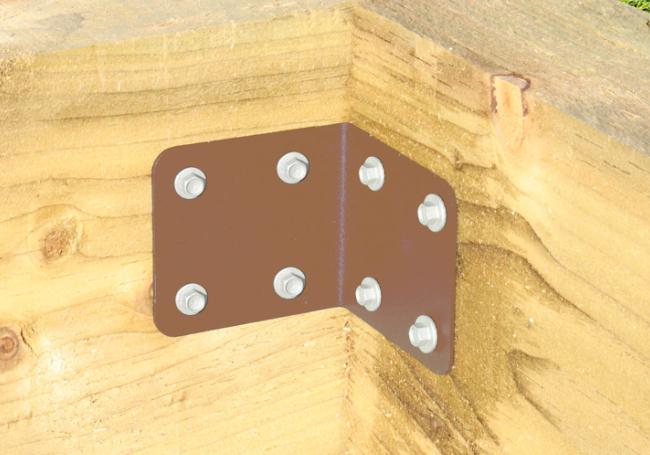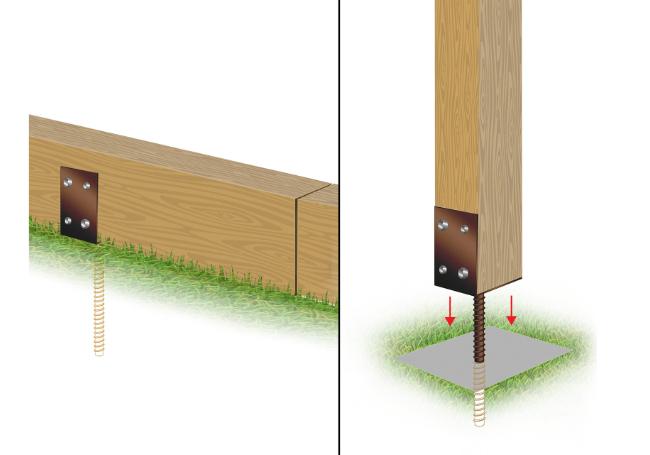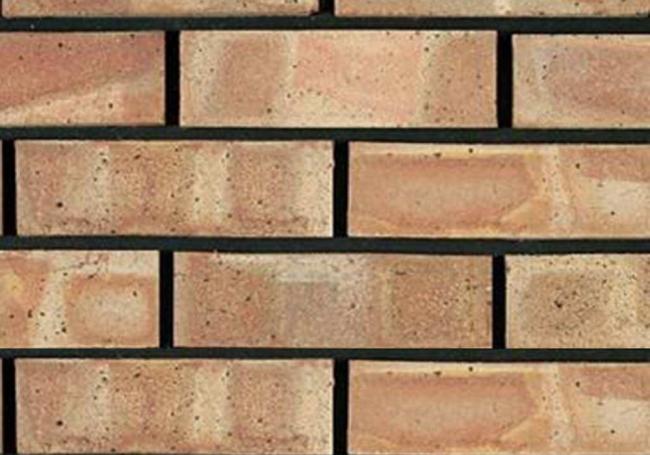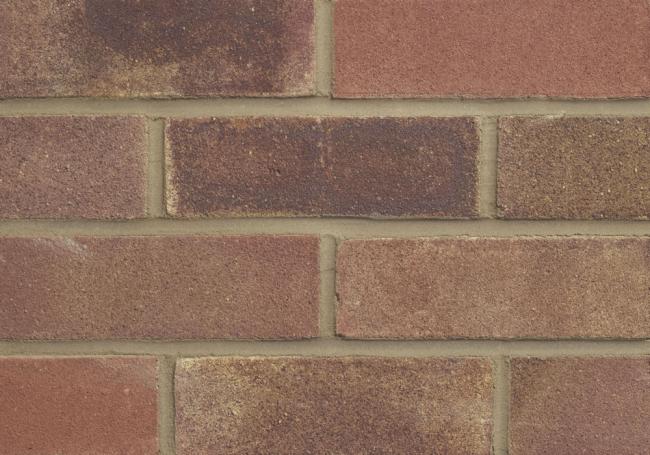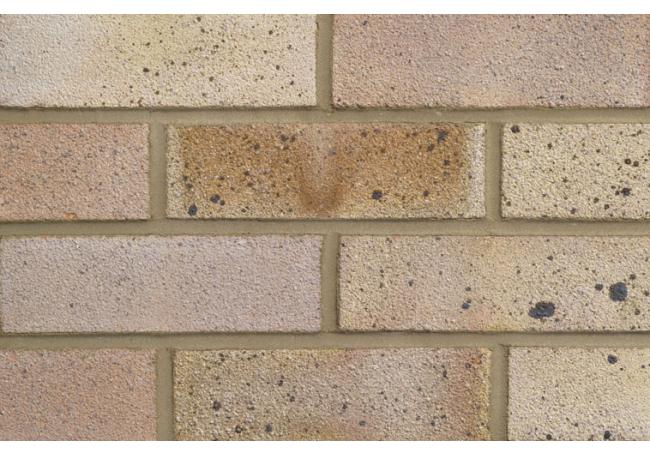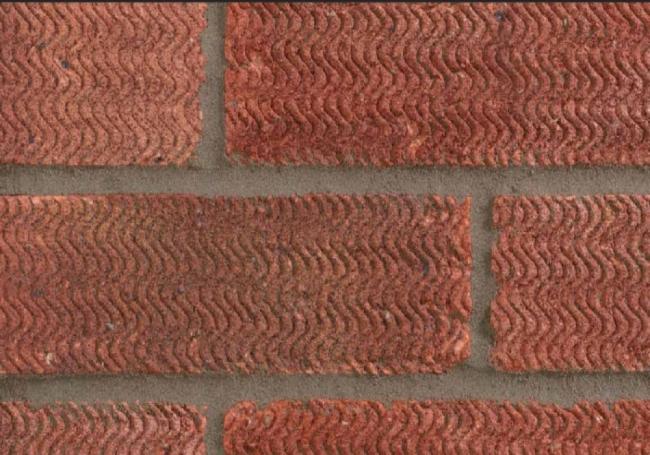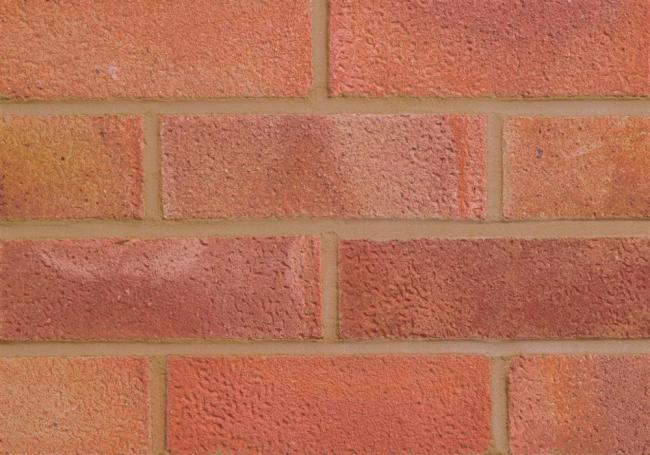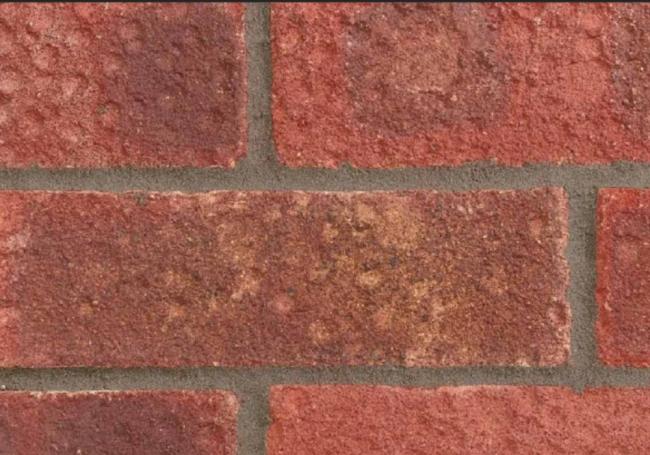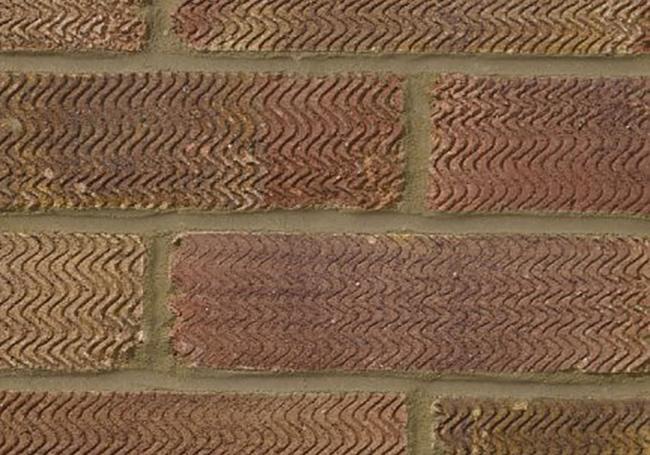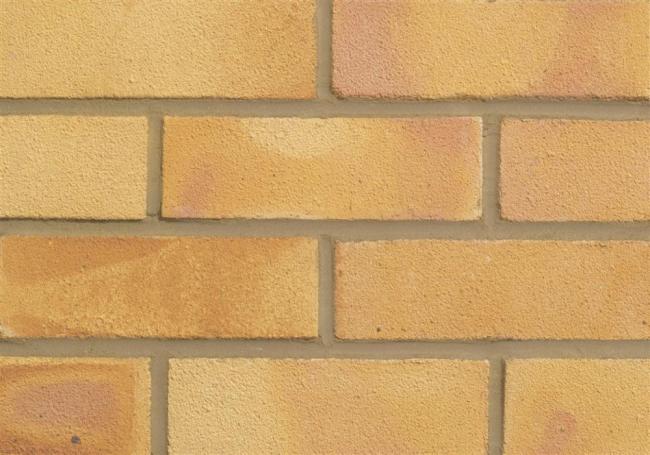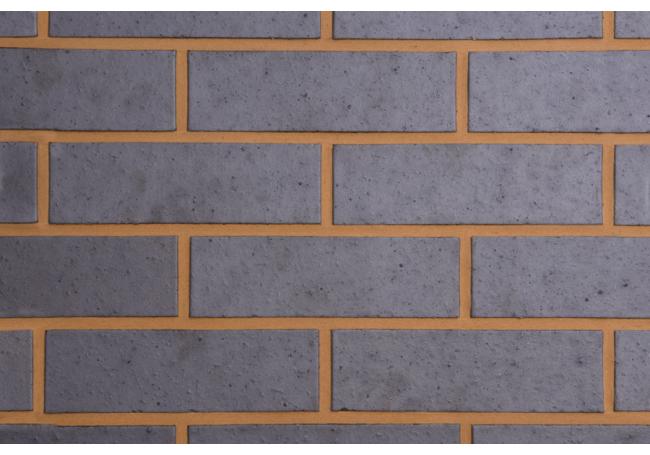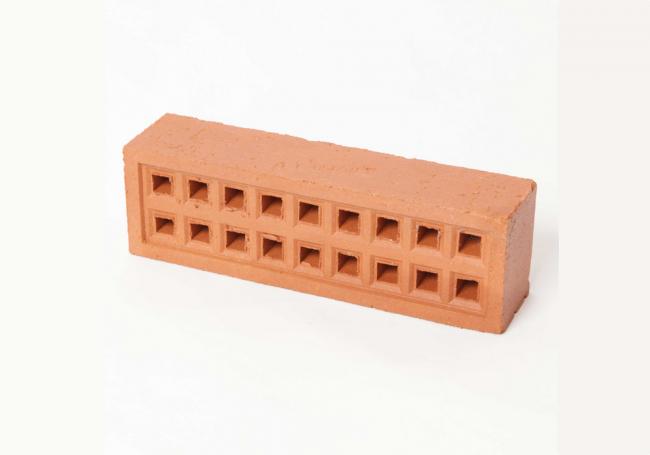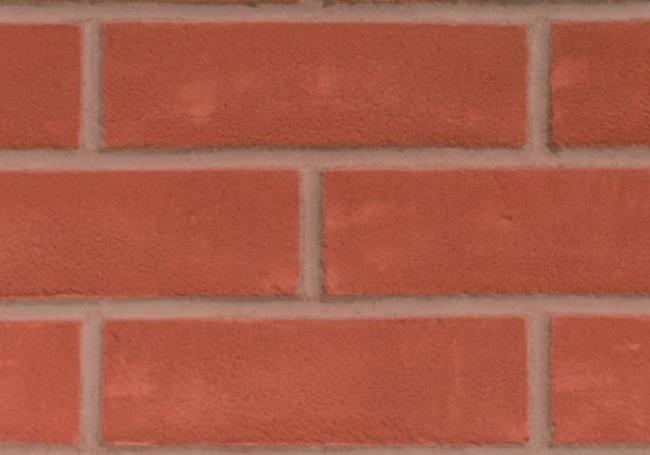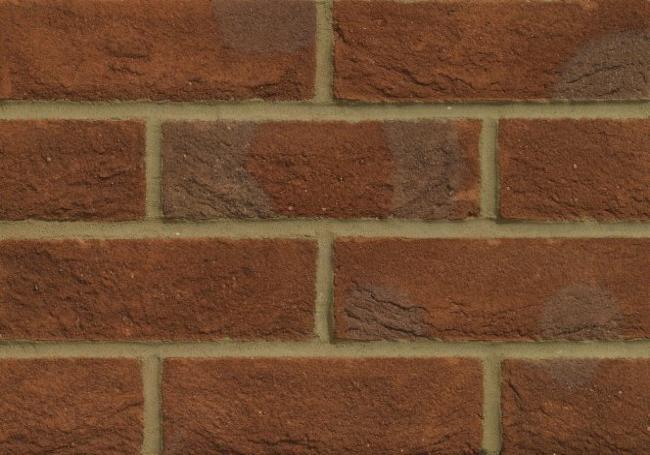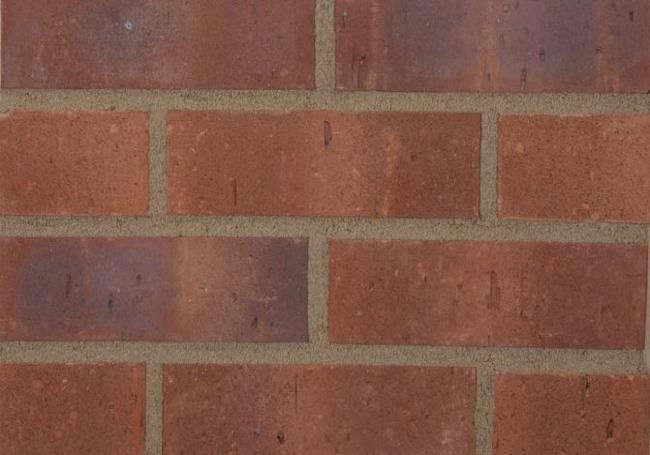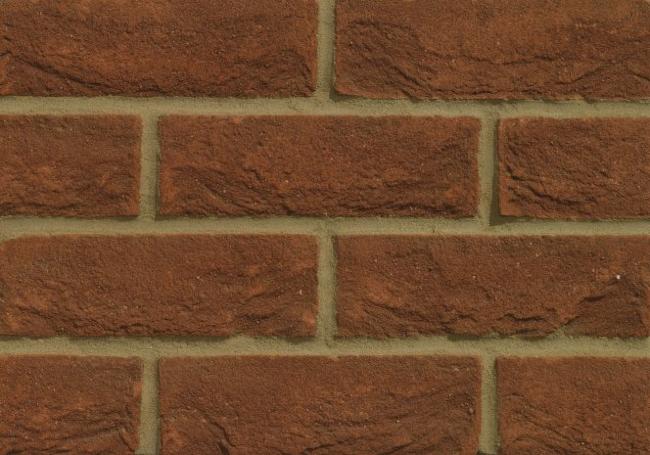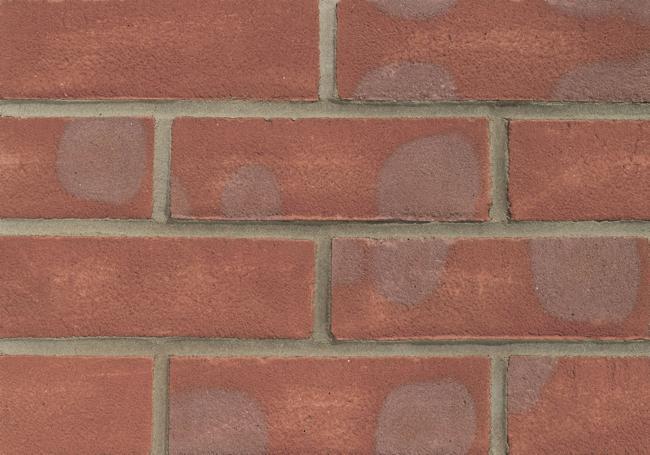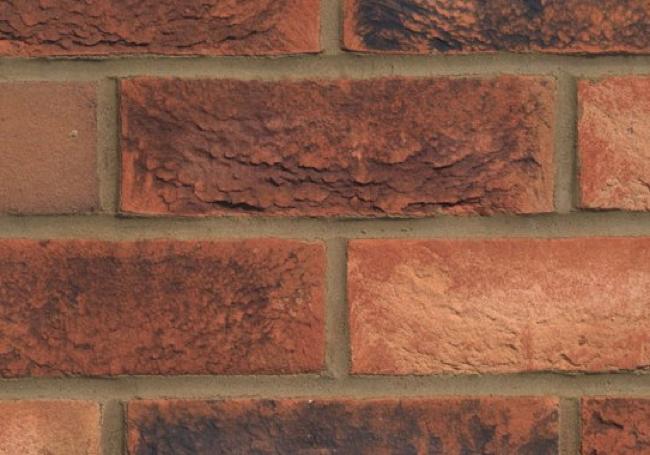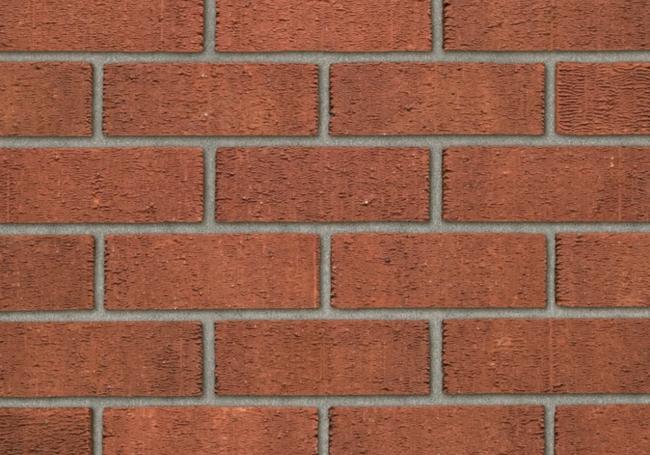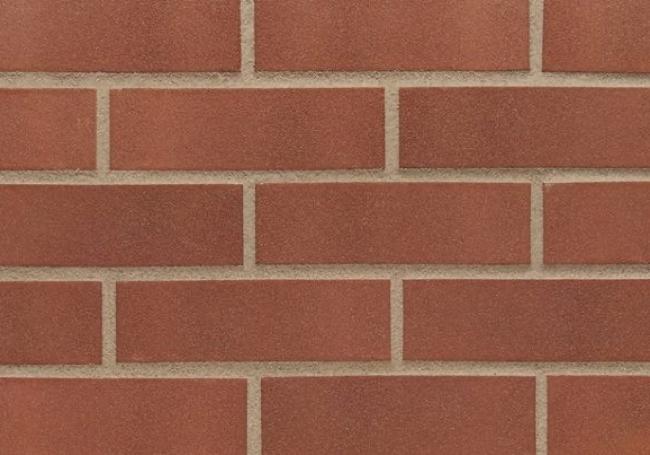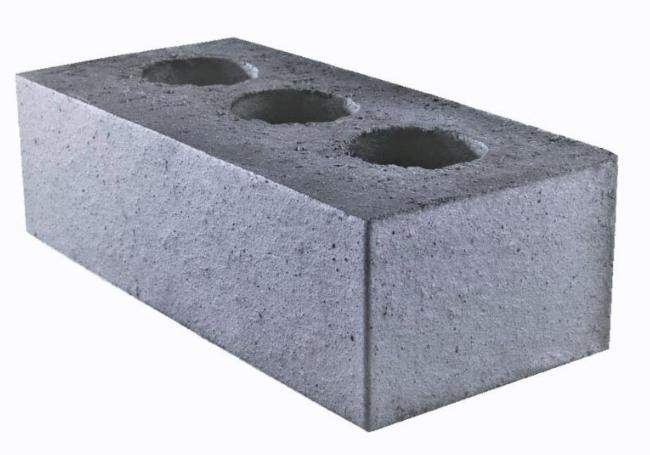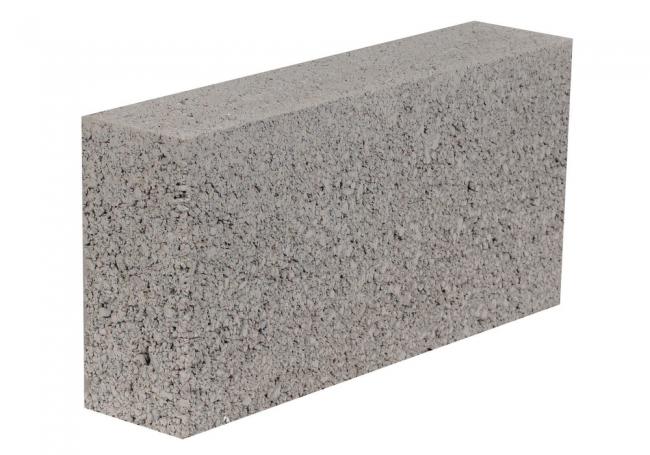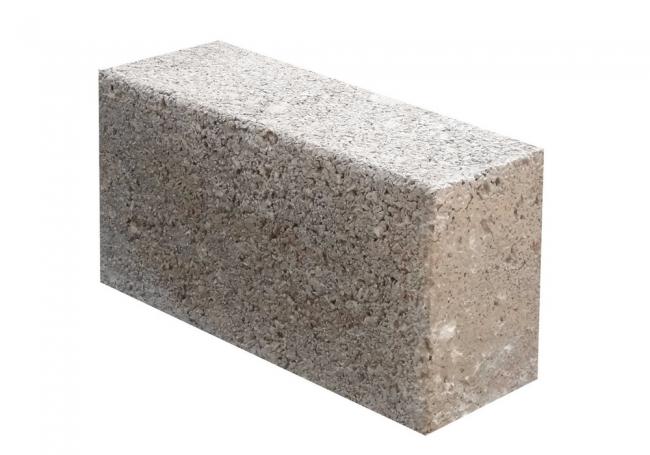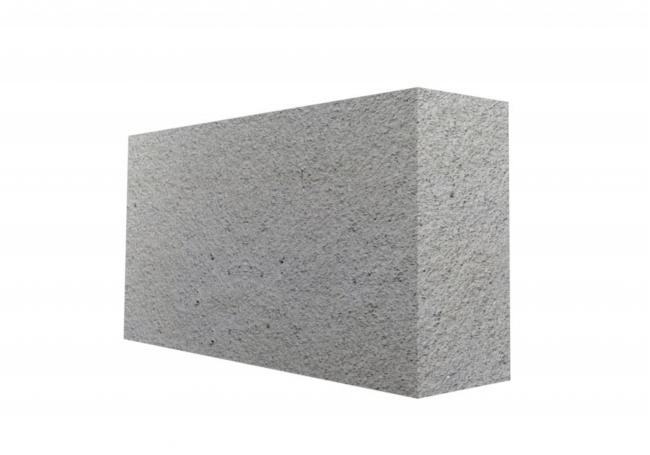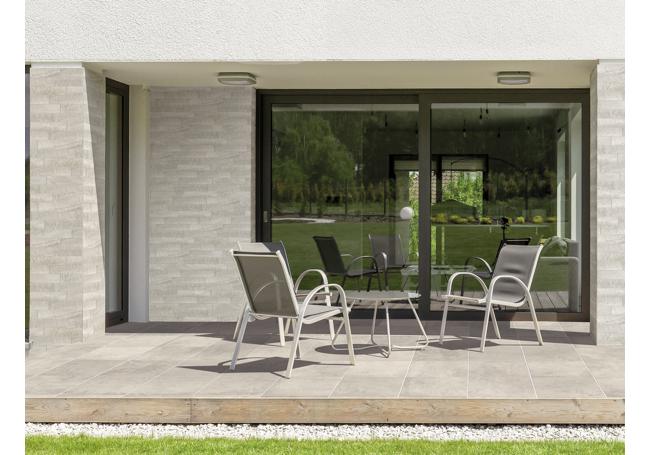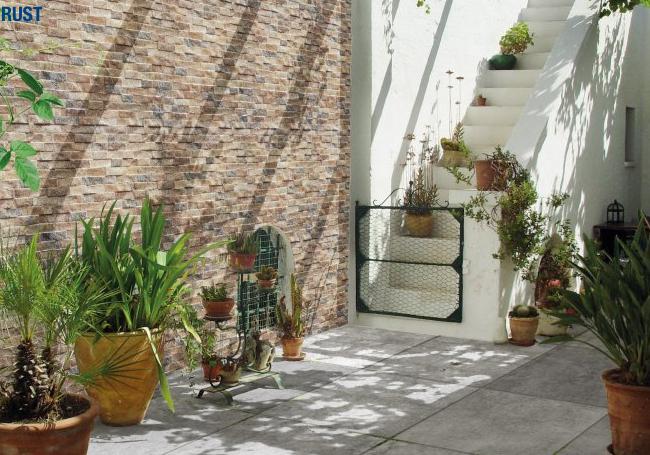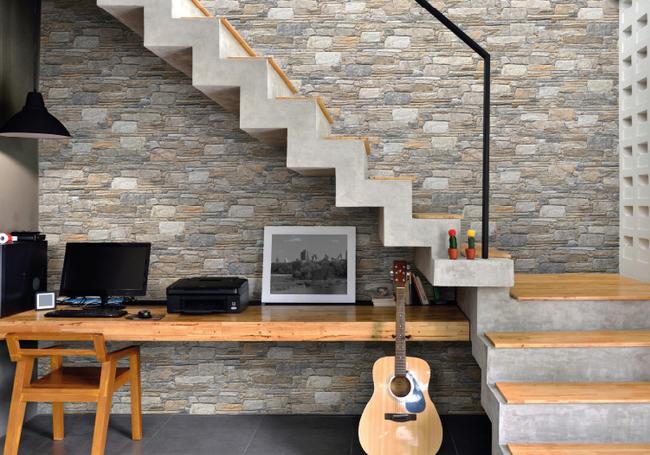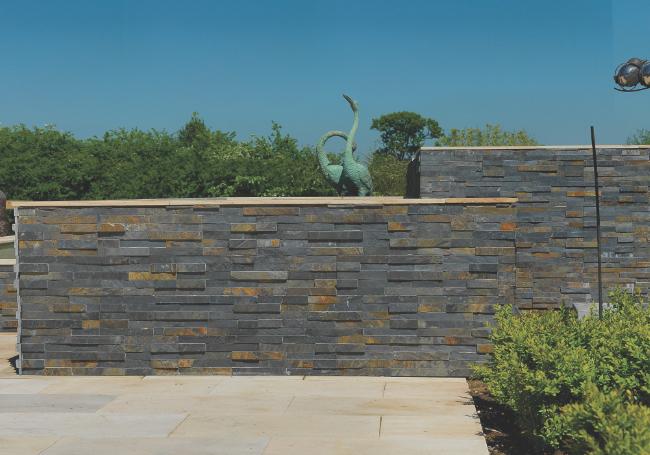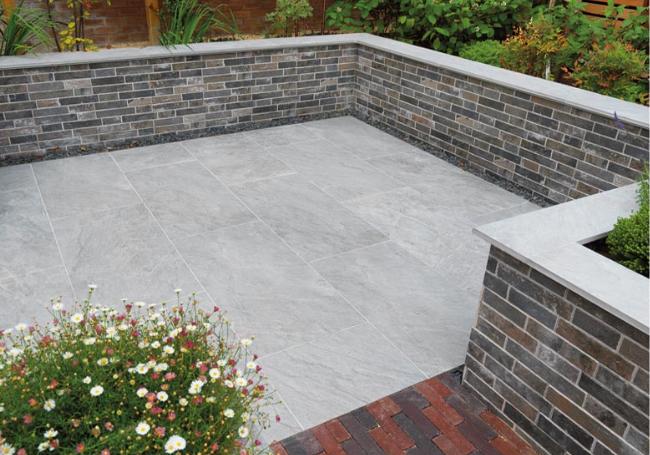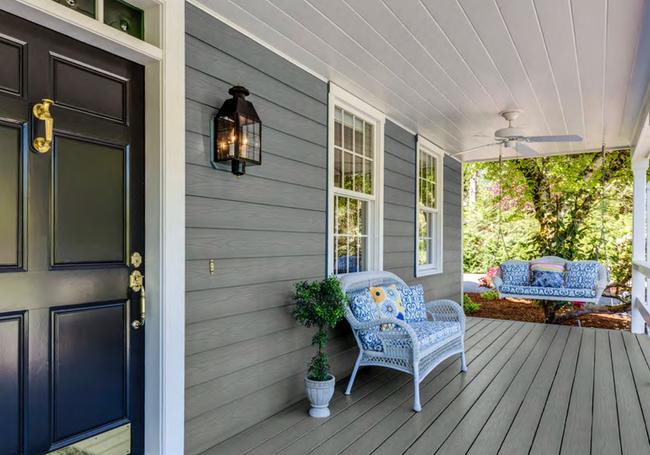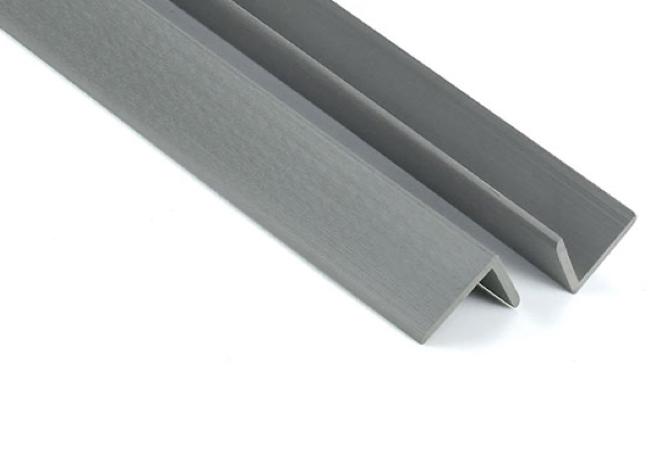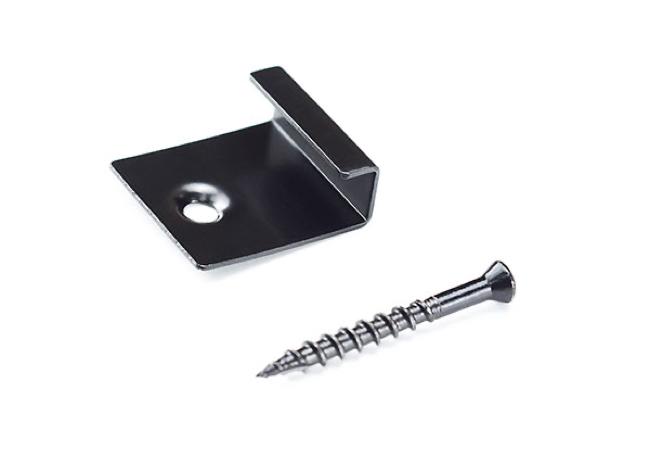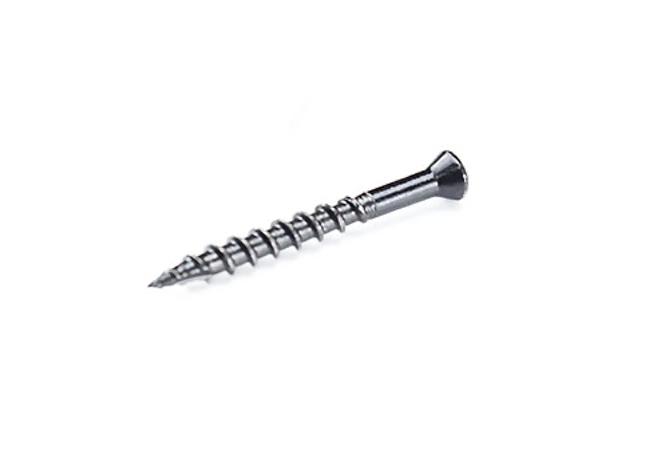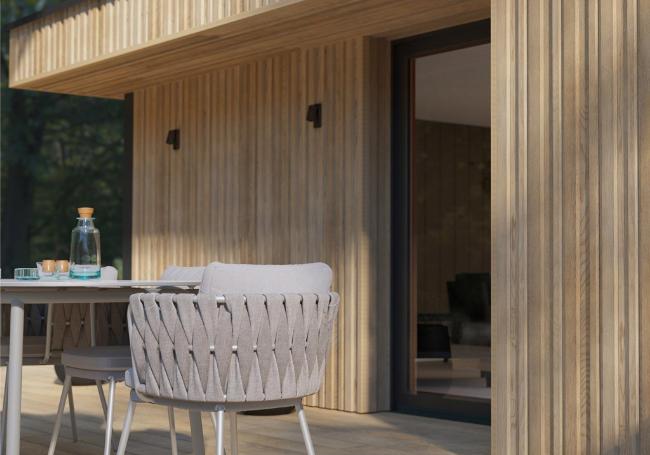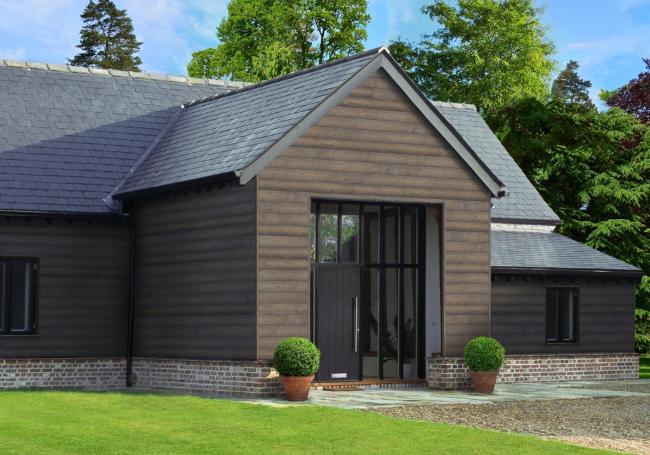Retaining Garden Wall Ideas & Expert Tips
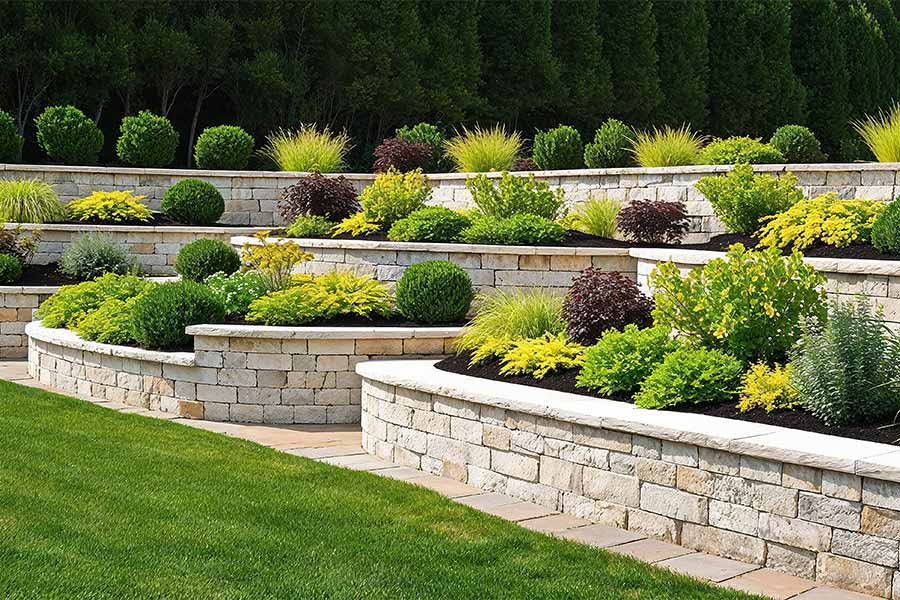
Looking to create a level lawn for summer entertaining or turn a sloping garden into a more usable tiered space? Retaining walls offer a practical and stylish solution that can completely transform your garden.
At AWBS, we supply various materials to build long-lasting retaining garden walls, from timber sleepers to attractive walling stone. Not sure which material to go for? Or just need some design inspiration? In this guide, we’ll explore several different ideas, the benefits they offer and some technical considerations before you build.
Why build a retaining wall?
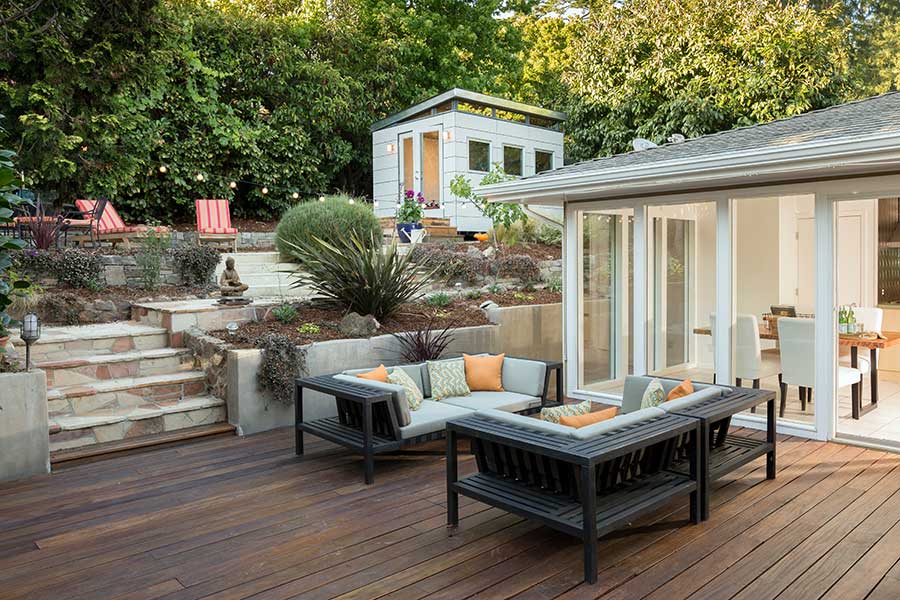
Retaining walls are a great way to reshape your outside space, but they are more than just a way to hold back soil. They can be used to add character, provide somewhere to grow plants and more! Discover the most common reasons for building a garden retaining wall below:
1. Level sloping gardens
One of the main reasons people install retaining walls is to reclaim sloping or uneven ground. By levelling off distinct sections, you can create flat, usable areas for patios, lawns vegetable beds or children’s play areas. It’s a great way to make the most of your garden’s footprint.
2. Create tiered landscapes
Terraced gardens – made with stepped retaining walls – introduce structure and depth to your garden design. These tiers not only improve accessibility, but they also enhance visual interest and give your space a more landscaped finish. Not to mention a place for seating or planters.
3. Define zones in your garden
Retaining walls can also double as a design feature by helping to section your garden into different areas. Want to separate your outdoor dining area from your lawn? Or create raised planting beds? A garden wall could help you define these individual zones.
4. Add structural support
In gardens where soil needs to be retained at different heights – particularly near buildings, boundaries or paths – retaining walls offer support an prevent movement. They’ll also help to reduce the risk of erosion and drainage issues caused by water run-off in hilly gardens.
Tip: if you’re planning a wall over 1m in height or one that needs to support significant weight, we’d advise speaking to a professional. But more on structural considerations later…
Popular retaining wall ideas & related products
Retaining garden walls can be built in a range of styles and materials, each offering a different look and level of durability. From aged timber to sleek stone, the best one depends on the amount of ground to retain, your preferred aesthetic and your budget. Here are five popular options:
1. Timber sleeper retaining walls
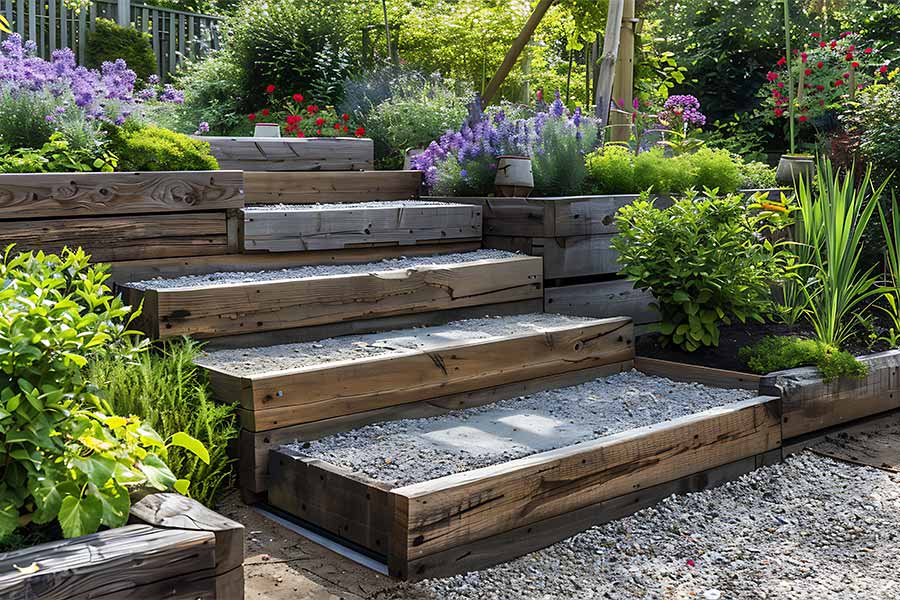
Cost-effective, easy to install and boasting a naturally warm finish, sleeper retaining walls are a firm favourite with UK homeowners. They can be laid horizontally in stacked rows or set in vertically for a sturdier finish. Better yet, there’s a style to suit every taste:
- Softwood Sleepers – Pressure-treated for durability and available in two sizes. A budget-friendly option that can last 10–15 years when installed with proper protection.
- Reclaimed Railway Sleepers – Made from treated hardwood and full of rustic charm, reclaimed sleepers are very durable and provide a weathered look that’s ideal for cottage-style gardens.
- Oak Sleepers – A premium hardwood option suitable for long-term installations. Oak offers great strength and longevity as it is more rot-resistant than softwood sleepers. However, a damp-proof membrane will extend its lifespan even further.
Tip: Always choose treated sleepers as they’ll be contact with soil and moisture, and fit a damp-proof membrane. To stabilise a taller wall, reinforce it with extra posts set in concrete.
Visit our blog to discover more ways to use timber sleepers in your garden.
2. Walling stone
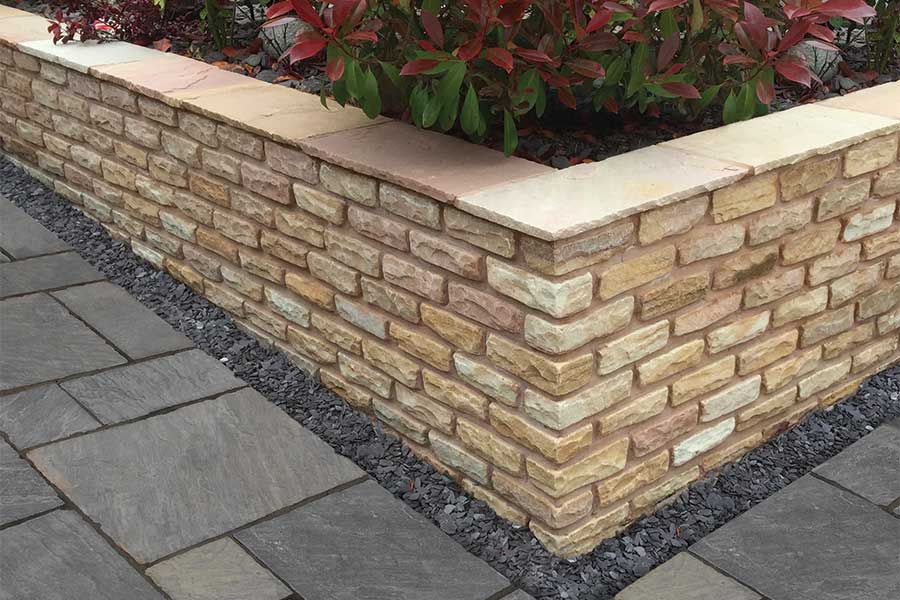
For a timeless finish, natural stone walling is hard to beat. Perfect for traditional gardens, it can be used for retaining walls, boundaries and raised beds. Sandstone and limestone are both attractive, durable and weather-resistant options.
Our AWBS Exclusive sandstone walling stone is available in two shades: warmer Coastal Mix and cooler Meadow Blend. Each block is hand-cut and tumbled for a classic finish, and we can provide matching paving for a cohesive look.
Alternatively, Bekstone walling made from reconstituted limestone is an eco-friendly option made from recycled materials. Available in four block sizes and three colours, it features a rough, tumbled texture.
Tip: Only use stone blocks bound together with mortar for structural retaining walls. However, dry stone can be used as decorative cladding, which we’ll touch on later.
3. Gabion retaining walls
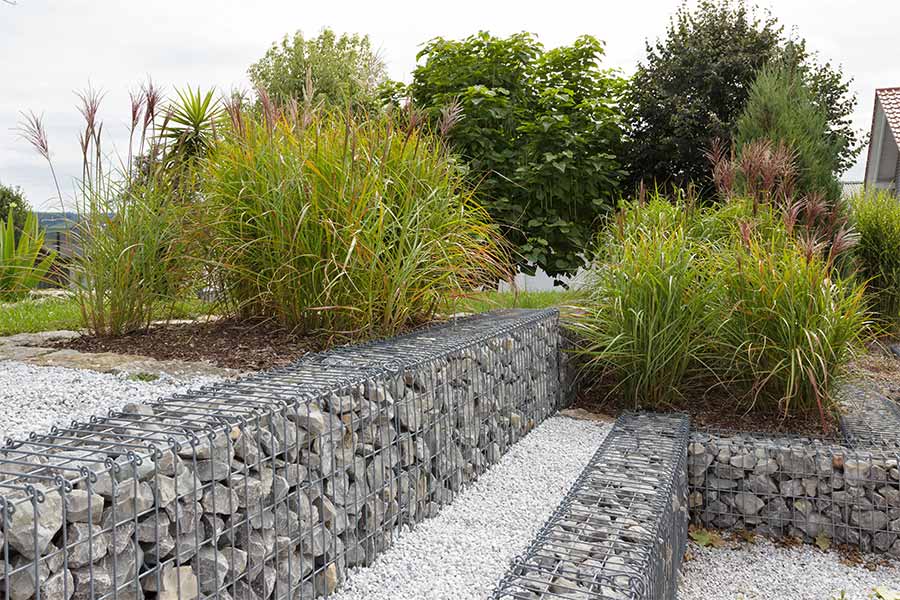
For a more modern, industrial-meets-natural look, gabion retaining walls are an eye-catching and reliable choice. Made from wire cages filled with stone, gabions are strong, permeable and need minimal foundations. As such, they’re ideal for damp gardens and those with slopes that are prone to water run-off. Gabions cages can also be stacked in tiers for greater privacy.
While we don’t supply gabion cages, we do stock bulk bags of gabion rock to fill them. These feature a mix of angular stones for greater stability and a multi-tonal textured finish.
4. Brick retaining walls
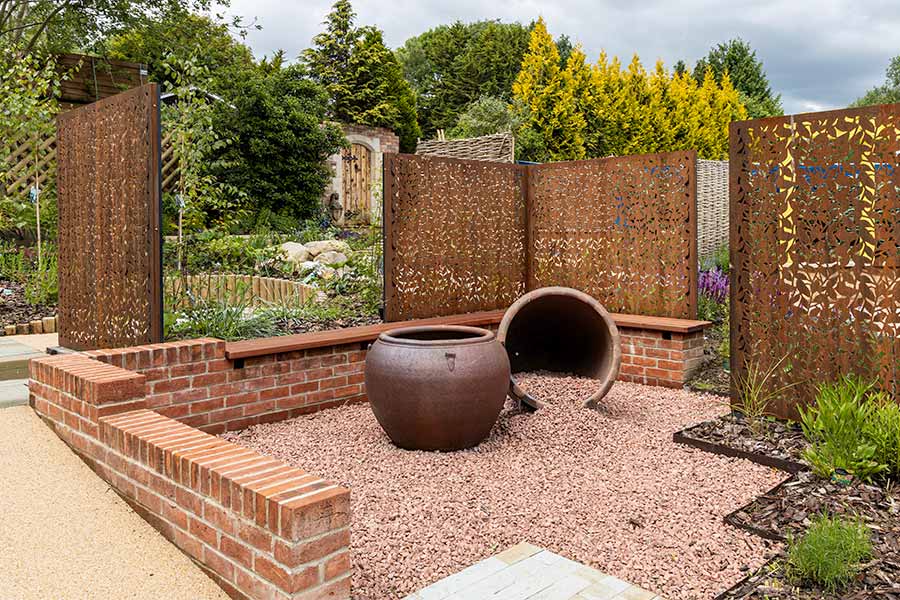
Ideal for formal gardens, structured spaces, patio edging and raised terraces, brick retaining walls are built to last. They pair well with both modern and period homes, and offer plenty of flexibility in terms of layout.
At AWBS, we offer a range of engineering bricks in red or blue, all frost-resistant and ideal for the foundation and earth-facing parts of your wall. Otherwise, you can use more affordable concrete building blocks to create the structure, then add decorative facing bricks. From lightly textured to more rustic options, there are numerous style and colour options.
Tip: Always use engineering bricks below ground level or where they’ll come into contact with the soil. Also allow for drainage behind the wall to keep it stable over time.
5. Concrete block walls clad with timber or stone
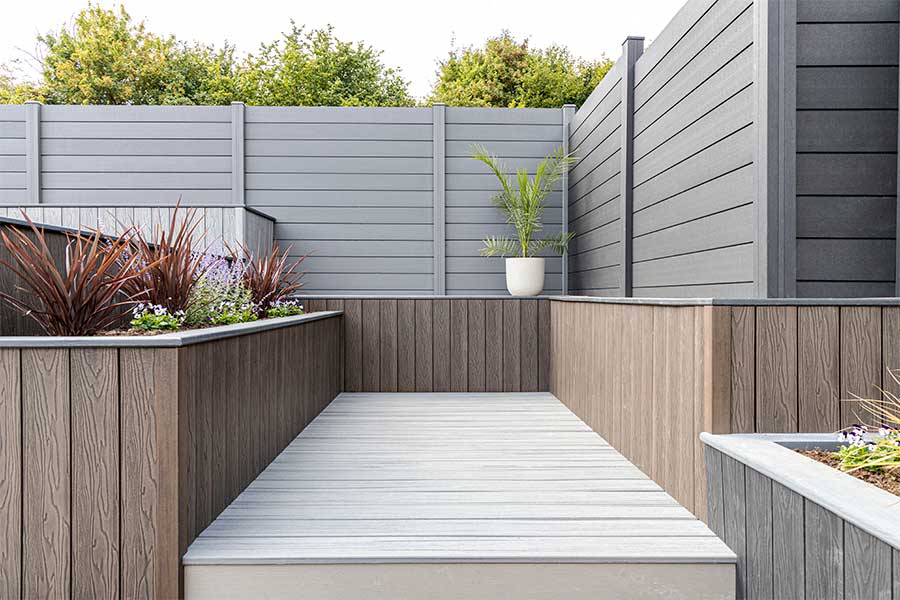
In addition to brick-clad concrete retaining wall blocks, they can also be finished with timber, stone or composite. That way, your load-bearing garden wall will benefit from a strong structural core and an aesthetically pleasing façade. Concrete blocks can also be used as the foundation for building bespoke garden features and outdoor seating.
Options include natural stone cladding like slate and durable stone-effect porcelain finishes. Additionally, we stock a range of suitable timber decking boards and authentic wood-effect composite wall cladding. Thanks to their resistance to moisture, rotting and sun fading, composite boards will last longer than timber cladding. The latter are on display at Oxford and also our Swindon branch, to give you an idea of what they’ll look like in your own garden.
Tip: Combine structural concrete blockwork with membrane-backed drainage and weep holes to protect against water pressure build-up.
Learn more about the benefits of upgrading to composite wall cladding here.
Enhance your retaining wall with built-in features
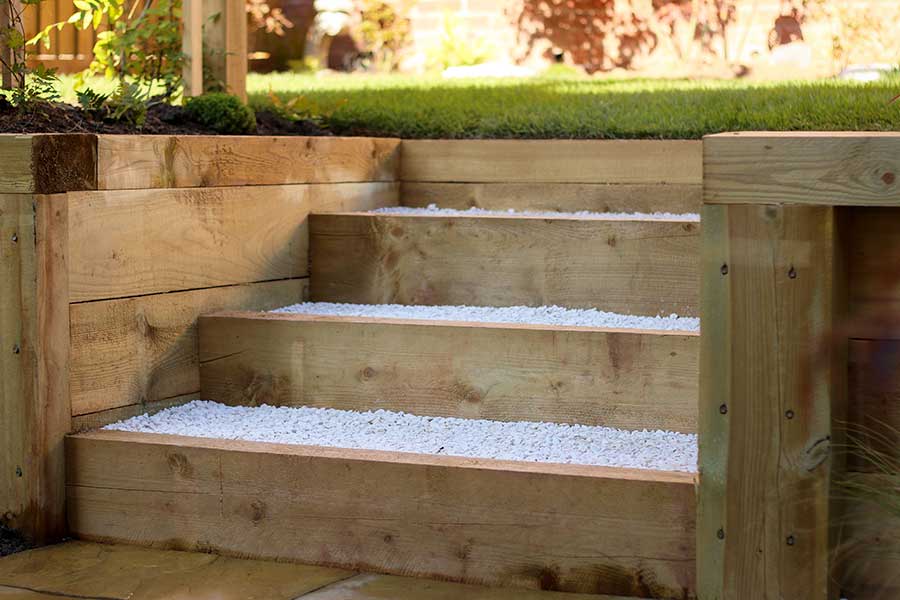
Retaining walls don’t have to be purely structural – they can be an integral and attractive part of your garden’s design. With a little creativity and the right materials, you can incorporate additional features like built-in steps, seating and planters into your wall.
Connect different levels of your tiered garden with complementary brick or walling stone steps, or timber sleepers for added charm. We can also supply slip-resistant concrete or sandstone paving slabs with clean edges for the upper surface. Just be sure to make steps wide enough for ease of use.
Built-in seating is another clever way to maximise the usefulness of your retaining garden wall, especially around fire pits, features and patios. A low wall can double as casual bench seating when topped with sleepers. Or you can build a sturdier seat with a block core and cladding to match your wall. Add vertical elements like upright sleepers to act as backrests for more support.
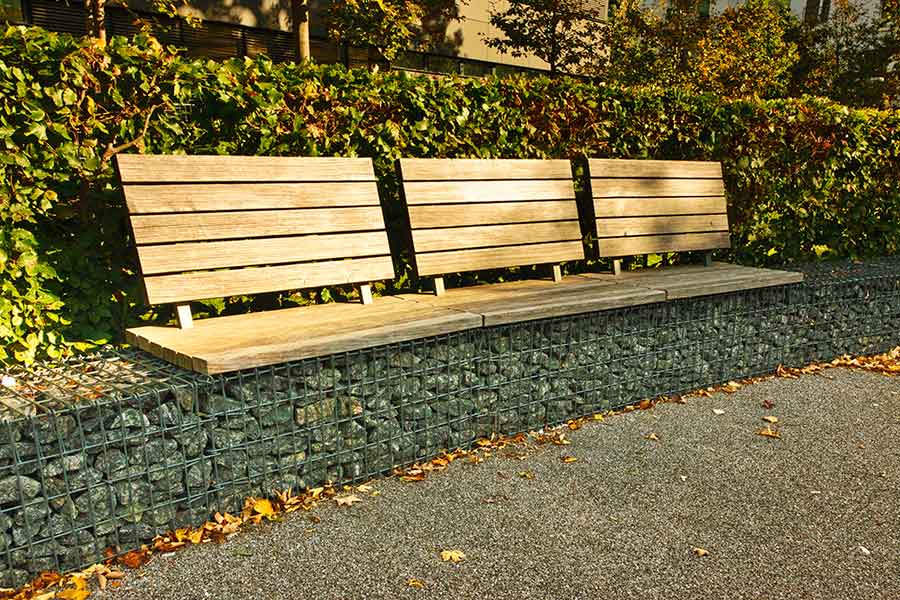
Want to add some greenery to the top of your retaining wall? Lined timber sleepers and composite panels make practical and attractive raised beds. Meanwhile, stone or brick-built options blend easily into more formal garden layouts. Gabion walls can also support planters for flowers, herbs or even vegetable patches – order top-quality planting soil online or in store.
In addition, smaller features can boost the visual appeal of retaining garden walls. Think low-voltage ambient LED lights built into steps or wall edges, or water blades to create a soothing, trickling waterfall. Recessed wall shelves can also be used to display potted plants or lanterns.
Technical & structural considerations
Before you begin building, it’s crucial to consider the structural demands of your retaining wall. Soil type plays a big role, as clay, sand and mixed soils all behave differently under pressure. You’ll also need to account for the load above the wall, as structures like patios, driveways or sheds can add significant weight.
On top of that, drainage is essential. Without it, water pressure behind the wall can cause your wall to fail. Use perforated drainpipes (French drains), backfill with free-draining aggregate and include weep holes where necessary. AWBS supplies all the aggregates and drainage materials you’ll need to get this right. Browse the range online.
For walls under 1 metre, DIY installation is usually feasible. Our team can provide advice on suitable materials – just ask in branch. However, for walls over 1 metre or those supporting heavy loads, consult an engineer to make sure the wall is safe, fit for purpose, and meets building regulations.
Order the retaining wall materials you need at AWBS
Whether you're undertaking a weekend DIY job or working with a landscaper, we have everything you need for your project. From stone walling to gabion rock, softwood sleepers to drainage solutions, we’ll help you find the right products.
Visit our branches in Oxford, Yarnton or Swindon to view your options in person, or browse the range online. We can also provide fast and free delivery to addresses within 25 miles – check your eligibility here.



